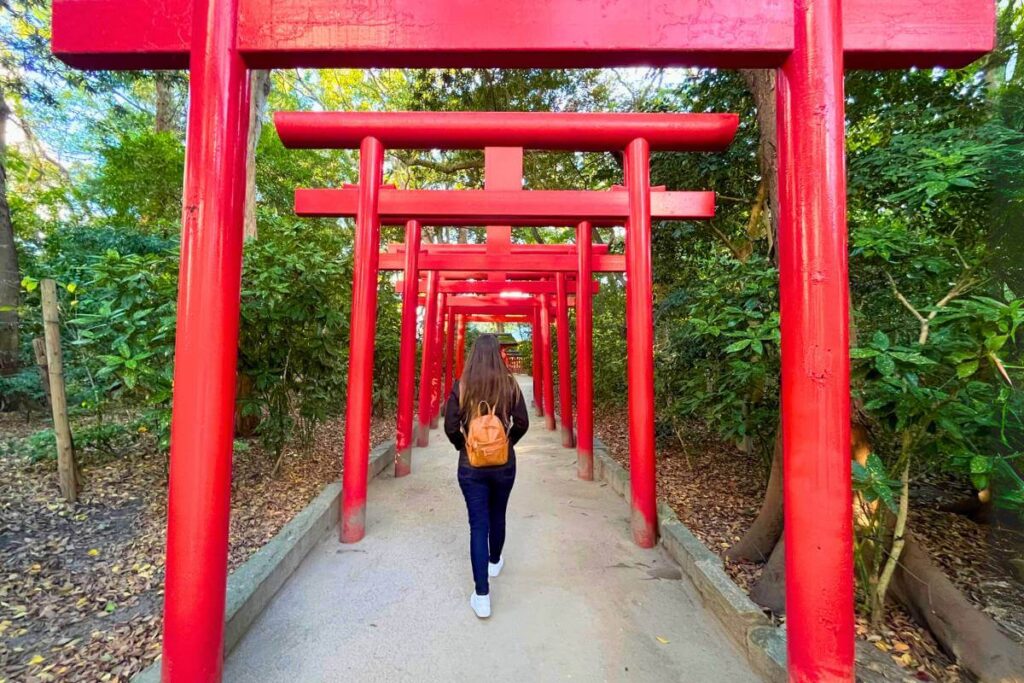
Last updated on February 26, 2024 by Krysti
So you’re considering a trip to Japan, but you’re worried about the language barrier.
Don’t worry – you’re not alone in this.
In fact, one of the questions that I get asked the most is, do you need to know Japanese to go to Japan?
The short answer is – no, it’s not a requirement. You can go to Japan without knowing a single word of Japanese, and you’re still bound to have a wonderful time.
However, do I recommend doing this? No, not really.
The truth is English isn’t widely spoken in Japan.
Sure, you may come across a few locals in more touristy areas who can communicate with you. But the reality is, you’re more likely to find people who don’t speak English than people who do.
Given this, I always recommend learning at least a few basic words to help you get by. Not only will this make your trip more enjoyable, you’ll also be able to better connect with the local Japanese community.
And in my opinion, half the fun of traveling is connecting with new people and learning about their culture.
So, don’t be afraid to put yourself out there. Practice a few Japanese words before you hop on that plane and use them when you get there. Trust me, it’ll make such a difference!
To help you out with this, I’ve included below a few tips, tricks, and useful phrases that you can utilize while in Japan.
14 Helpful Japanese Phrases for Travelers
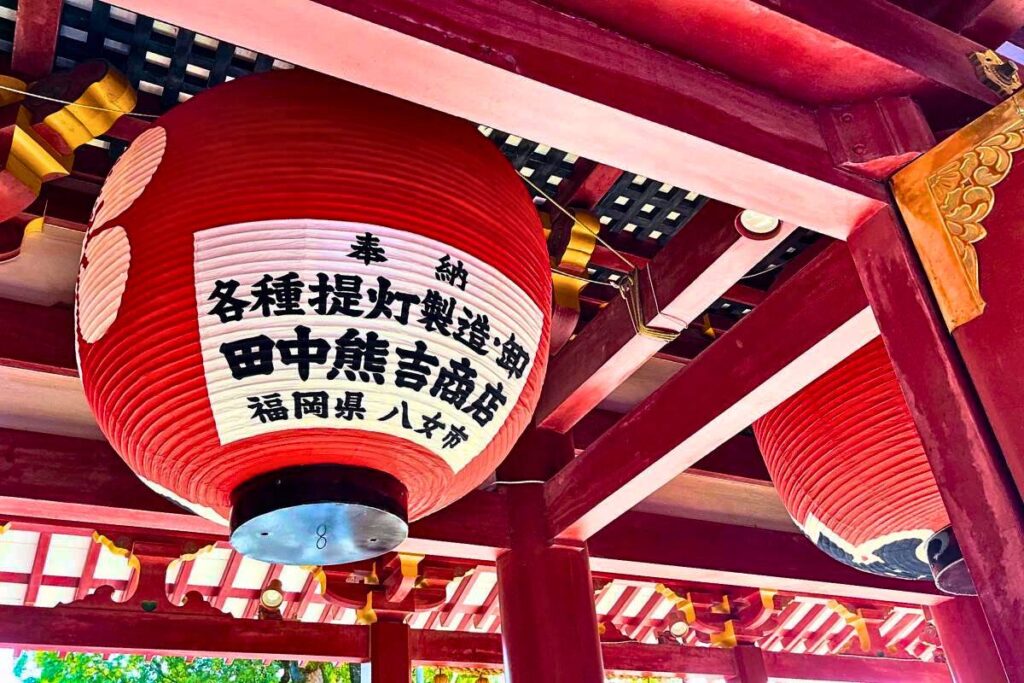
To get you started on your Japanese language journey, here are a few helpful words and phrases to learn before traveling to Japan.
- Hello: Konnichiwa (koh-nee-chee-wah)
- Good Morning: Ohayō gozaimas (oh-hi-yo go-zai-ee-mas)
- Good Evening: Konbanwa (kone-bawn-wah)
- Goodbye: Sayonara (sah-yo-na-rah)
- Please: Onegaishimasu (oh-neh-gah-ee-shee-mass) or Kudasai (koo-dah-sigh) – used when requesting something
- Thank You: Arigatō gozaimas (Ah-ree-gah-toe go-zai-ee-mas)
- You’re Welcome: Dou itashimashite (doe-ee-tash-ee-mash-teh)
- Excuse Me/I’m Sorry: Sumimasen (sue-me-mah-sehn)
- I’m Sorry: Gomen nasai (go-men na-sigh) – used in more informal settings
- Yes: Hai (high – said quickly)
- No: Iie (ee-yeh) – Most people don’t say “no” outright; they say “that’s okay” instead
- That’s Okay: Daijoubu (dhai-jo-bou) – a polite way of saying “no”
- Do You Speak English?: Eigo wa hanasemasu ka (e-i-go wa ha-na-se-ma-ss ka)
- I Don’t Understand: Wakarimasen (wa-ka-ri-ma-se-n)
Pro Tip: Don’t stress too much if you can’t get your pronunciations exactly right. No one expects you to be an expert – it’s the effort that counts!
Resources for Learning Japanese
If you’d like to delve deeper and learn more Japanese, there are countless resources that you can utilize. These are some of my favorites!
DuoLingo
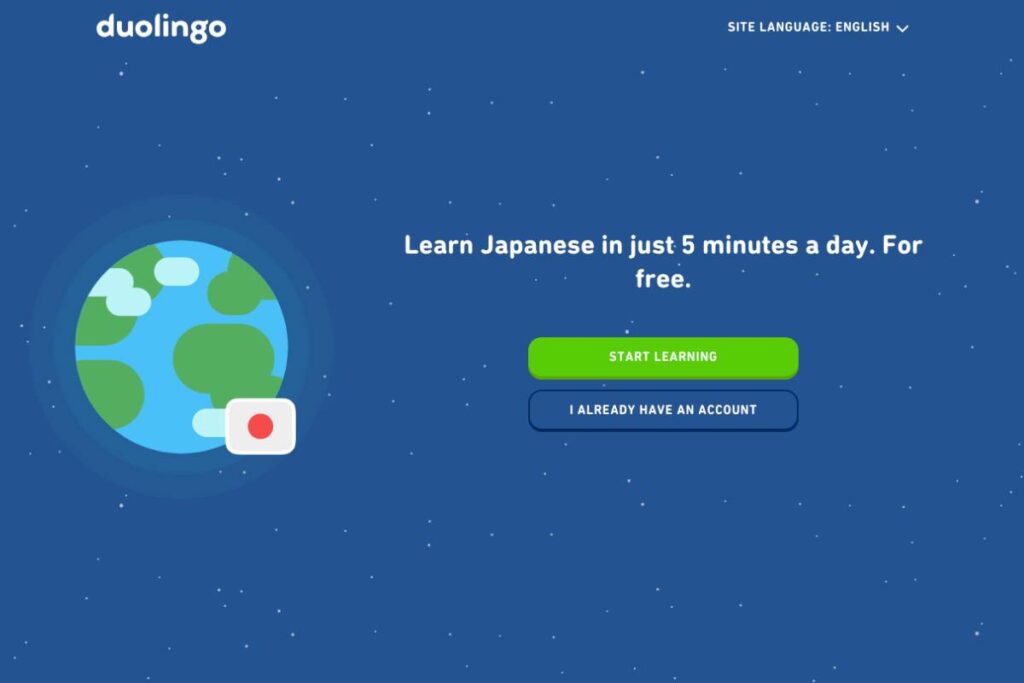
A popular language learning app, DuoLingo is one of the best free resources to use when studying Japanese.
Lessons are short and quick. They feature lots of repetition. And they incorporate speaking, listening, reading, and writing.
There’s even a separate section in the app for Japanese script. So, you can practice reading and understanding Japanese characters.
While I don’t think you’ll become fluent just by using DuoLingo alone, I do think the app is a great way to gain further exposure and familiarity with the language.
JapanesePod 101
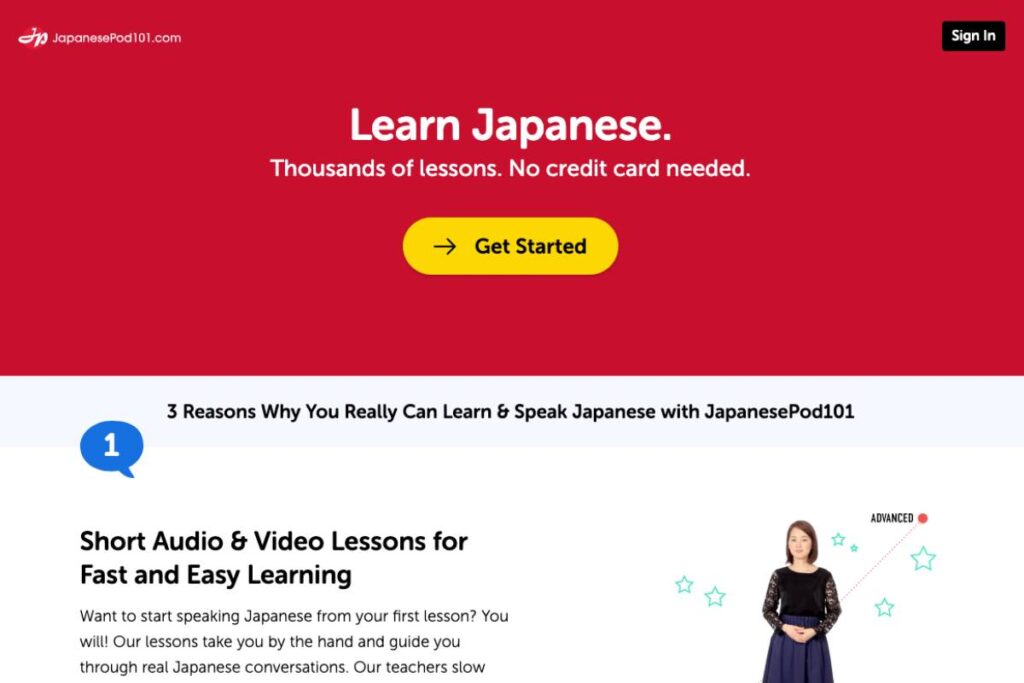
JapanesePod 101 is an online language learning platform that offers both free and premium services.
The website features thousandss of lessons focused on a variety of topics, including essential words for beginners, basic Japanese for travel, and common conversational phrases.
Each lesson features a mix of listening and speaking and includes lesson notes, cultural insights, as well as lesson transcripts.
One feature that I particularly like is the vocabulary section that accompanies each lesson.
Here, you can listen to the pronunciation of words at a normal spoken pace and at a reduced pace, where each syllable is sounded out. I find this to be incredibly helpful when learning how to properly pronounce words.
Japanese From Zero!

Another popular learning platform is Japanese From Zero!
This program offers a variety of resources, including online courses, physical textbooks, and even YouTube lessons.
What I like the most about this one is that you can use these resources in conjunction with each other.
For example, I have the first textbook and I use it alongside their YouTube videos to guide my learning. I personally find this to be most helpful for my learning style.
While I haven’t tried their online courses yet, I have heard great things about them. So it’s definitely worth giving it a try – especially because the first few lessons are free.
Tofugu

Founded by a group of passionate language learners, Tofugu is a Japanese culture and language blog.
Here, you’ll find a variety of resources, including grammar guides, in-depth reviews of Japanese vocabulary, and cultural articles.
A couple of aspects of the blog that I find to be incredibly helpful are the Hiragana and Katakana guides.
Both of these guides provide in-depth explanations, pronunciation guidance, and online quizzes for Japan’s two most common writing systems.
Yes, I said two! There are actually three writing systems that are used in Japan: Hiragana, Katakana, and Kanji.
But don’t let that overwhelm you!
If you do decide to study Japanese script, it’s best to take it all one step at a time. Start with Hiragana and work your way up from there.
Dr. Moku
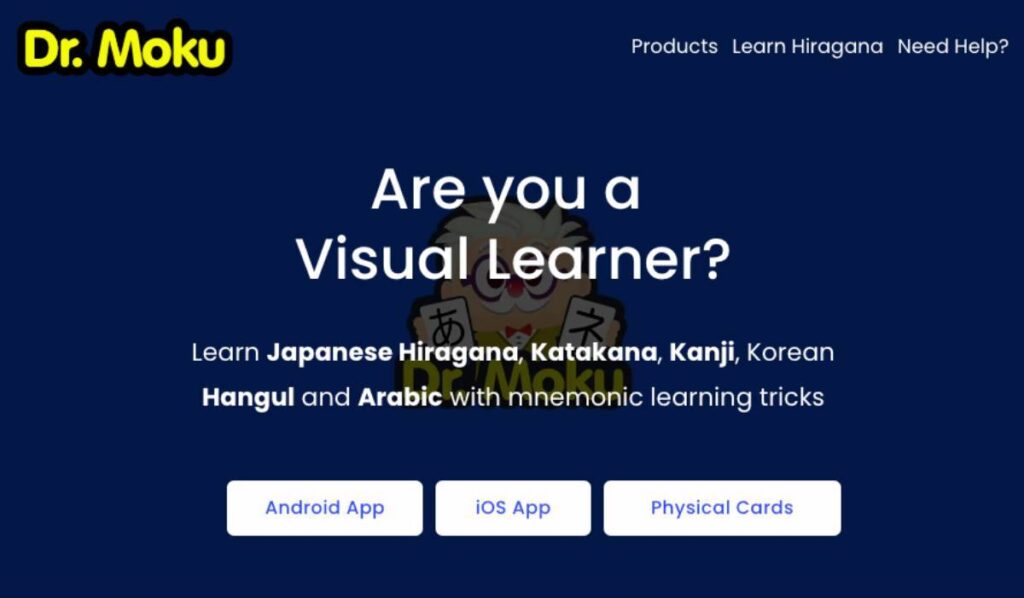
Speaking of writing systems, Dr. Moku is another great resource for learning Hiragana, Katakana, and Kanji.
This paid app uses a mix of visual and verbal mnemonic tricks to help you easily remember the different characters.
I’ll admit some of the phrases and photos used are a bit silly – but they definitely work!
In addition to this, the app offers online flashcards for practice purposes. And there’s even a Japanese Phrasebook included that provides an extensive list of essential words and phrases.
For those who love to learn about different writing systems, there are also sections on Korean and Arabic.
Netflix
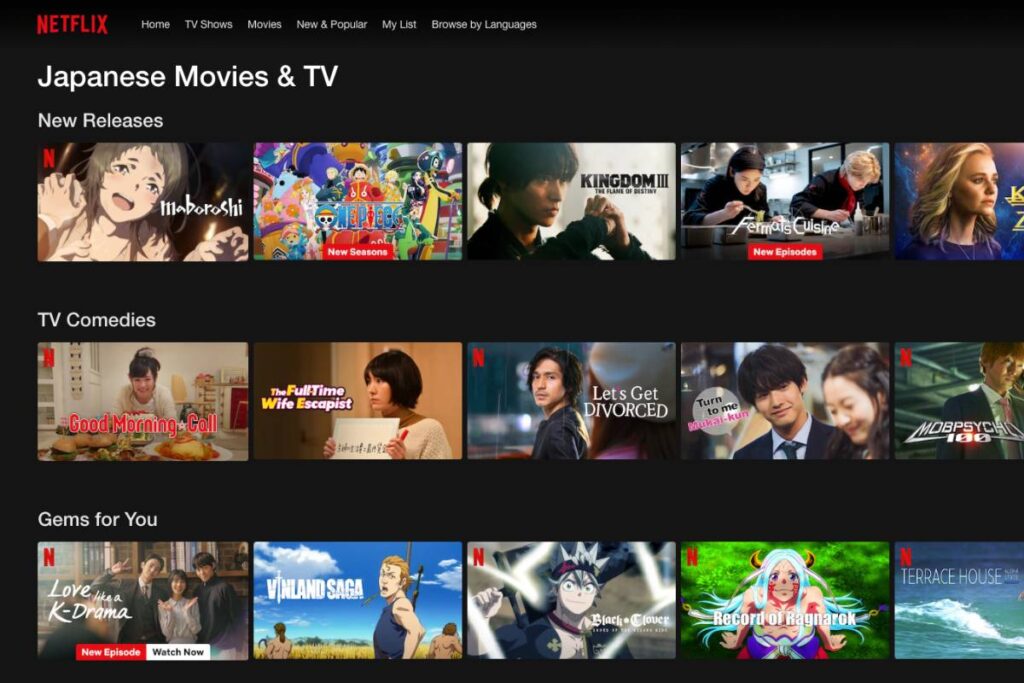
This one may come as a surprise, but Netflix is a great resource for Japanese language exposure.
The streaming platform offers a wide variety of Japanese movies and TV shows that you can check out.
Chances are you won’t understand what they’re saying, but that’s okay. Simply pop on English subtitles and listen along.
The point here is to become more familiar with how Japanese sounds, so you can begin to identify individual words and phrases.
Spotify & Apple Music
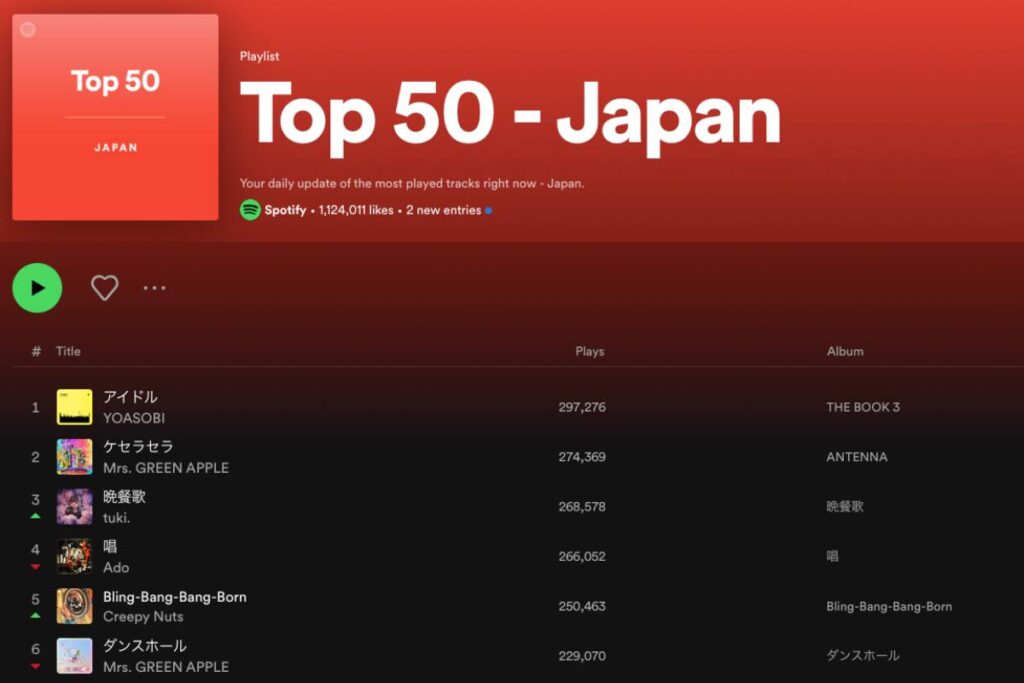
Along those same lines, you can also listen to Japanese music on Spotify or Apple Music.
This will, again, help to increase your exposure to the language.
And who knows, you may even pick up a few words along the way – or learn an entire song if the tune is catchy enough.
Tips for Navigating Japan Without Japanese
While I do think it’s important to know at least a little bit of Japanese before you go to Japan, there are inevitably going to be situations where you run into a language barrier. To help you navigate this, I’ve included below a few tips and tricks that you can utilize.
Download a Translation App
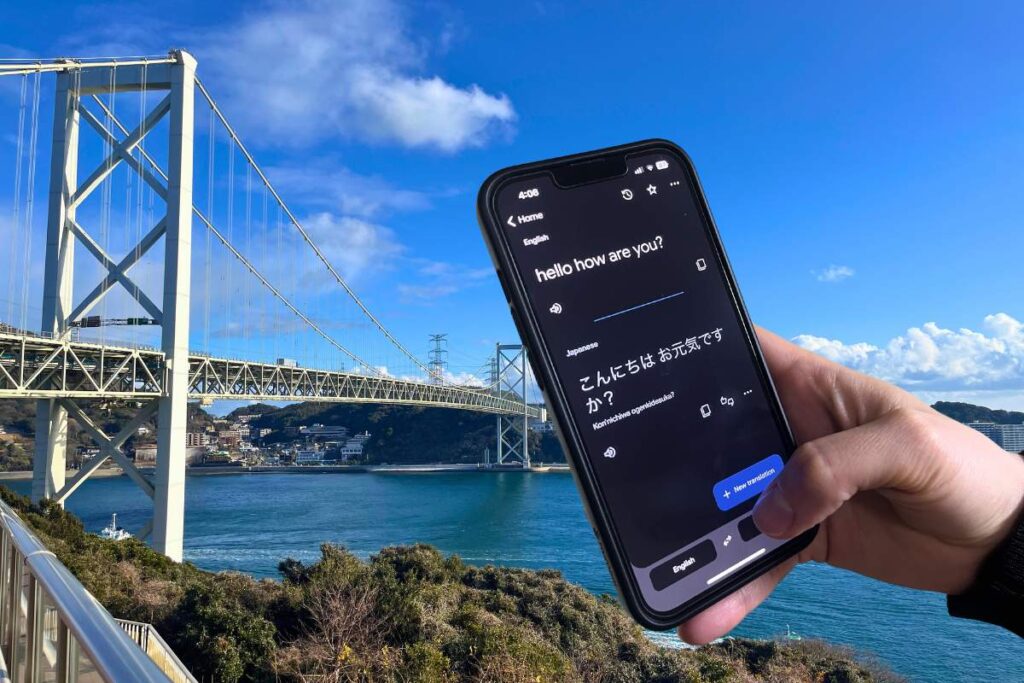
My biggest piece of advice, without a doubt, is to download a translation app like Google Translate.
This will become your go-to resource whenever you encounter a language barrier.
While the translations won’t always be 100% correct, they’ll be decent enough to help you communicate with Japanese speakers.
With Google Translate specifically, you can translate text messages, spoken conversations, and it even translates images via your phone’s camera – which comes in really handy with restaurant menus.
What’s more, many of these features are available when you’re offline. Just be sure to download the English and Japanese dictionaries before you lose service!
Purchase a SIM Card or Rent Pocket Wi-Fi
Speaking of service, it’s a good idea to have access to your own network, so you can utilize any resources or Japanese travel apps you may have downloaded.
While you can find Wi-Fi hotspots in some touristy areas, it’s not always a guarantee, especially if you plan to venture off the beaten path.
Given this, I always recommend renting a pocket Wi-Fi device or purchasing a local SIM card while in Japan. Both of these can be obtained online or upon arrival at the airport.
If your phone has the capabilities, you may even be able to purchase an eSIM card instead of a physical SIM card.
**Please note: If you plan to use a SIM or eSIM card, you’ll want to confirm that your phone is unlocked. You can check with your service provider if you’re unsure.
Utilize Tourist Information Offices
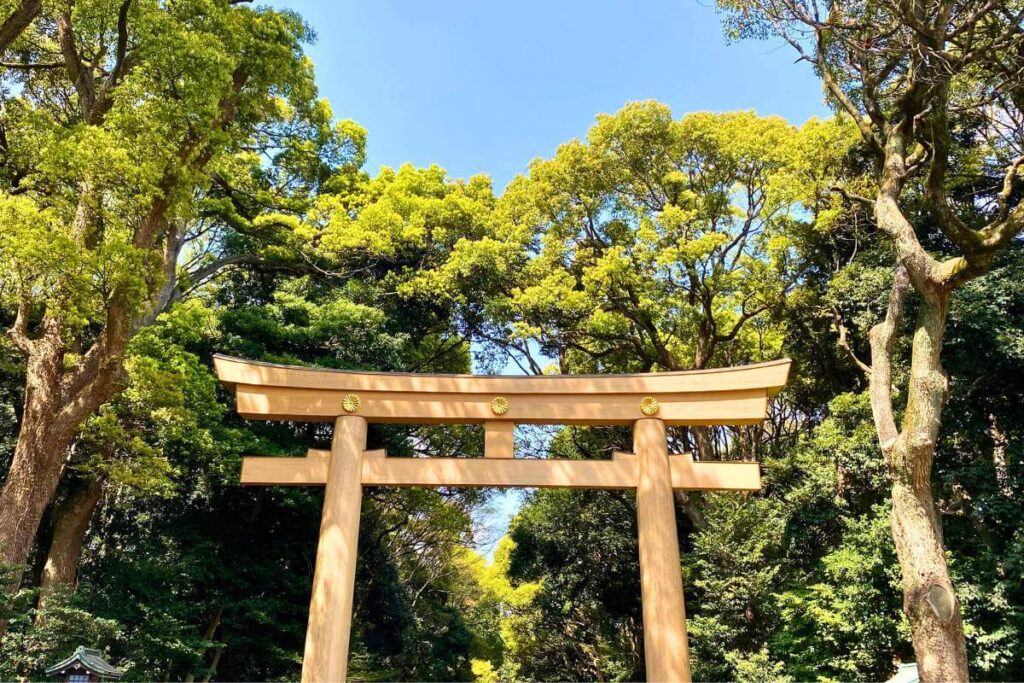
Japan is home to more than 1,500 Tourist Information Centers. So, chances are you’re bound to come across at least one of them during your travels.
And if you do, don’t be afraid to use them – that’s what they’re there for!
Many of them have staff on-hand who can speak English and are more than happy to help.
From directions to restaurant recommendations, attraction guidance, transportation, and more, they can answer all of your travel-related questions.
Pay Attention to Body Language
One way that you can communicate in Japan, even if you don’t know Japanese, is through body language.
And, in fact, there are a number of hand gestures and movements that Japanese people use on a daily basis.
Some of the most common include:
- Bowing: This is a sign of respect and is commonly used when saying “thank you,” “hello,” or “goodbye.” It can also be used when meeting someone for the first time.
- Crossing Arms to Create an X: This is another way of saying “no” in Japan.
- Pointing to Self: Many Japanese people will point at their own faces when talking about themselves.
- Waving Hand Up and Down with Palm Facing Down: In many cultures, this means “go away.” However, in Japan, it means “come here.”
- Waving Hand in Front of Face: This is considered to be a polite way to decline someone or say “no, thank you” in Japan.
- Creating a small X with Your Index Fingers: This is a common way to ask for the check at casual eateries. However, it should not be used in more fine dining establishments.
- Creating the “OK” Sign with Your Fingers: In Japan, the ok sign means exactly that – “okay.”
- Pointing with Entire Hand: In Japan, pointing with your finger is considered to be impolite. Instead, people here point using an open hand gesture.
- Avoiding Eye Contact: In Japanese culture, maintaining prolonged eye contact is also considered to be rude and impolite. Therefore, avoiding eye contact by looking slightly down or away is more common.
Familiarize Yourself with Public Transportation
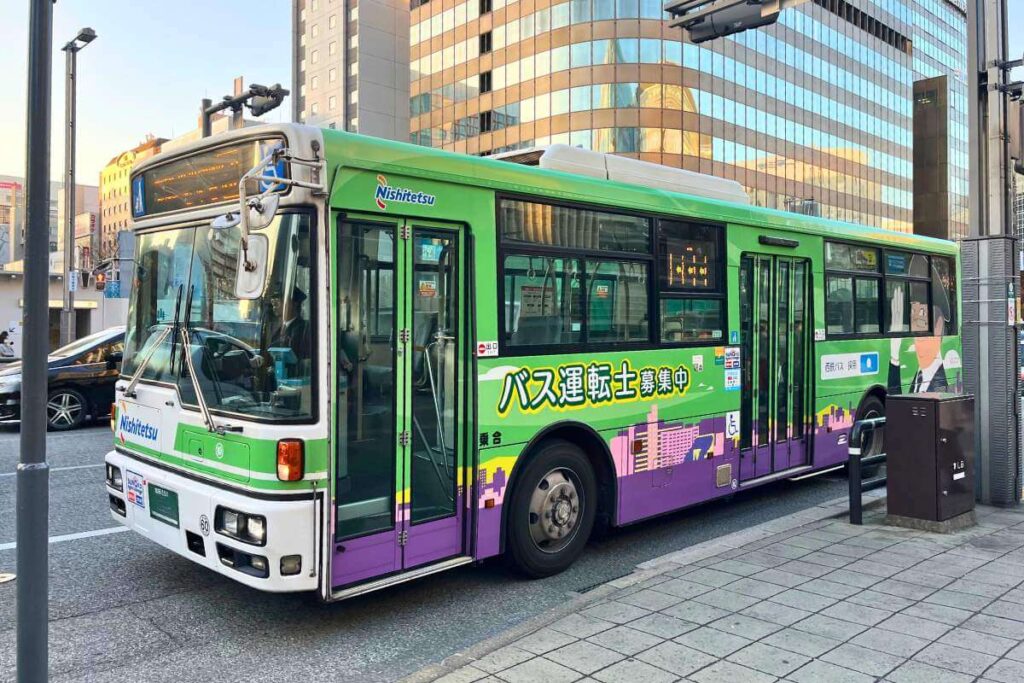
If it’s your first time in Japan, then you’ll want to take a moment upon arrival to familiarize yourself with the public transportation system.
Thankfully, most subway stations include English signage, so finding the correct platforms and subways to take isn’t as difficult as you may think.
Buses, on the other hand, can be a bit more tricky, as the signage is usually only in Japanese. However, most buses do have bus numbers – so you can usually rely on that.
To help you with all of this, I recommend downloading Google Maps. In my opinion, this is the best navigation app for Japan, as it’s directly synced with Japan’s public transit system.
This means it provides accurate, up-to-date information on just about everything, including which bus or subway to take, what time it arrives, which platform to look for, and even which subway exit is the most convenient.
Google Maps can even help you navigate your way between cities using regional trains and the Shinkansen (bullet train).
Purchase a Transit Pass
Along those same lines, I also recommend purchasing a transit pass (also known as an IC Card).
These prepaid reloadable cards are super easy to use and help simplify the entire public transit experience.
In short, you’ll have one card that you can tap and go without too much hassle.
There are physical cards as well as digital cards that you can choose from. Although digital cards are only available to iPhone users.
Physical cards can be purchased at most train stations, while digital cards can be downloaded via Apple Wallet.
These cards are compatible across Japan and can be used on most local trains, subways, and buses.
They do not, however, work with Shinkansen (or bullet trains), limited express trains, and highway buses. These forms of transportation typically require their own separate ticket.
Pro Tip: If you plan to travel Japan extensively and wish to visit several cities, it may be worth it to purchase a Japan Rail Pass. These passes offer unlimited use of JR trains across the country – and even include use of local subway lines in certain cities.
Pre-Plan Travel Arrangements
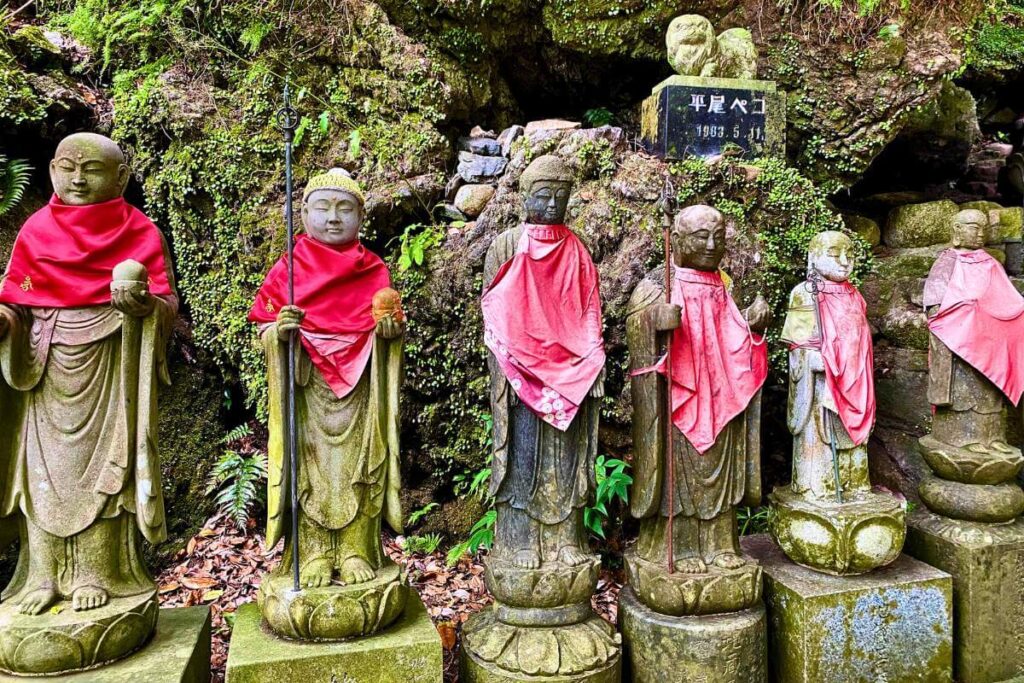
One way to ensure your travels go smoothly is to pre-plan as much of your trip as you possibly can.
This means booking flights, hotels, major attractions, tours, and long-distance transportation in advance.
The more you can plan ahead of time, the less confusion and stress you’re likely to encounter upon arrival.
In addition to this, it’s usually easier to book your travel plans in advance.
Websites such as Booking.com, Agoda, Klook, Viator, and Get Your Guide all offer easy-to-use English booking services for Japan travel.
Don’t Be Afraid to Ask for Help
Finally, and most importantly, don’t be afraid to ask for help!
Even if you don’t know Japanese, people in Japan are so kind and courteous.
They will go out of their way to help you. And if, for some reason, they’re unable to assist you, they will usually try to find someone who can.
Just be respectful, communicate your needs as politely as possible, and be open to any assistance or advice they may have to offer.
Frequently Asked Questions About Language in Japan

Japanese language skills are helpful to have when traveling to off-the-beaten-path destinations like Yufuin.
Here are my thoughts on some commonly asked questions about going to Japan without speaking Japanese.
Do People Speak English in Japan?
Truth be told, it can be difficult to find local English speakers in Japan. While you may come across a few people in more touristy areas who know some English, the larger population speaks little to none. This is why I recommend learning at least a few basic Japanese words to help you get by. You can also rely on translation apps, like Google Translate, to assist you when you’re trying to communicate with Japanese speakers.
Is It Hard to Visit Japan if You Don’t Speak Japanese?
No, it’s not hard to visit Japan if you don’t know Japanese. However, it’s helpful if you know at least a little bit – even a few basic words can make a difference. I’ve found that Japanese people are much more receptive and appreciative if you try and speak their language. It doesn’t matter if you say it exactly right or not; they respect the effort you put forth in simply trying.
How Much Japanese Should I Learn Before Going to Japan?
The more Japanese you can learn before traveling to Japan, the better! That being said, you don’t need to know any Japanese to go to Japan. It’s just helpful if you do. I’d recommend learning at least a few of the basics – such as “thank you,” “hello,” “do you speak English,” etc. The list of phrases I’ve provided above is a great place to get started!
Is It Hard to Learn Japanese as an English Speaker?
The Japanese language is very different from English, as such it can be quite challenging to learn. Especially if you take into consideration Japanese script. Japan uses a completely different alphabet (in fact they use three different writing systems), so adjusting to that can be difficult. That being said, you don’t need to read or write in Japanese to visit Japan. You’d be much better off focusing on the spoken language – which isn’t as hard to learn once you get the basic pronunciation down.
How Long Does It Take to Speak Japanese Fluently?
This is a tough question to answer as it really varies depending upon the individual. However, the Foreign Service Institute (FSI) estimates that it takes the average learner 88 weeks or 2200 hours to reach general professional proficiency. This places Japanese in Category V of the FSI’s ranking system, which makes it one of the most challenging languages for English speakers to learn.
Final Thoughts: Do You Need to Know Japanese to Go to Japan?
In short, you don’t need to know Japanese to go to Japan. Like I said before, you can still have a great time in the country without speaking a single word of the local language.
However, I do think it’s beneficial to know at least a little bit of Japanese. It will help bridge the divide between you and the locals. And it will allow you to have a more authentic experience.
Even just knowing how to say “Konnichiwa” (which means hello, if you don’t remember) goes a long way in building connections and embracing the local culture.
And at the end of the day, isn’t that what travel is all about – discovering new cultures and connecting with new people? I certainly think so!
What are your thoughts? Do you think it would be helpful to know Japanese before going to Japan? Let me know in the comments below!
Enjoy this post about Japanese for tourists? Pin it now for later!
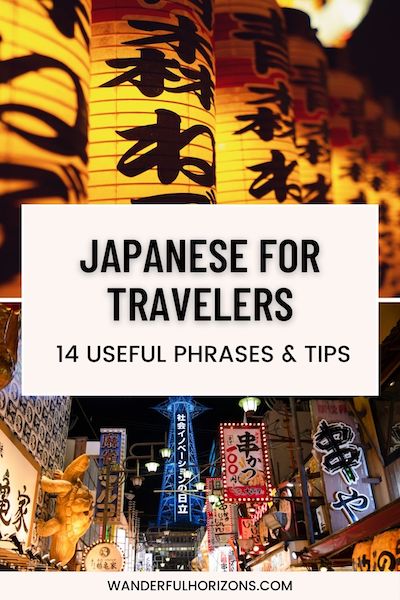

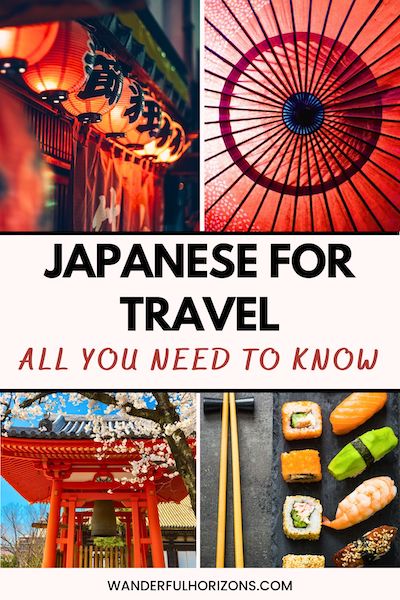



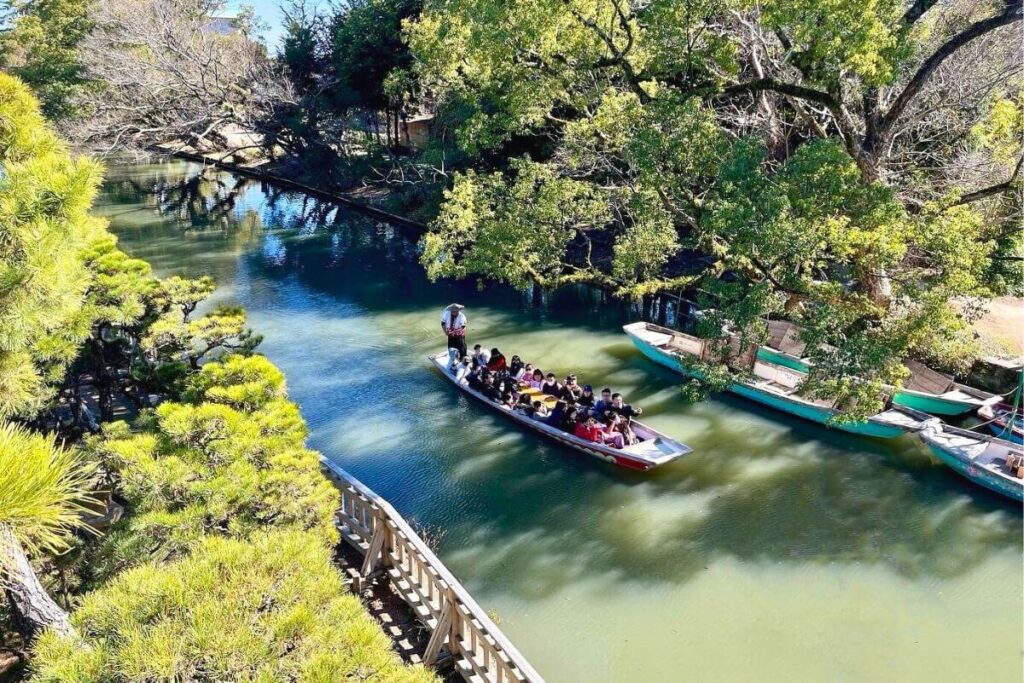
What a helpful article! There are so many resources here that I never would have thought of. I love the idea of listening to Japenese songs on spotify. That’s something I can easily do on my morning walks to absorb the sounds and style of the language. Thanks for sharing all these resources!
You’re welcome! I’m glad you found it helpful!